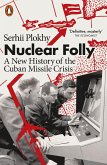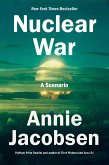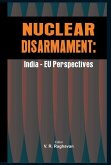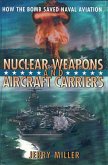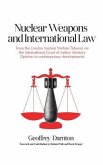A groundbreaking history of nuclear weapons across the world, from their invention to the end of the Cold War How should we deal with nuclear weapons? The discovery of nuclear fission fundamentally changed the world order. Its power was harnessed, nuclear bombs invented, and the cities of Hiroshima and Nagasaki were destroyed. In recurring international crises and calls for arms control, the threat of nuclear war has hung over humanity ever since. David Holloway traces how these weapons shaped the last century, from the US-Soviet arms race to the rivalry between India and Pakistan. Deterrence and intimidation, alliances and war plans, international treaties and organizations have all played their role. At the centre were political leaders-among them Truman, Kennedy, and Reagan, as well as Stalin, Khrushchev, and Gorbachev-who all had their fingers on the nuclear button. This is a global history of these fearsome weapons and our attempts to deal with the consequences of their existence-a story at once fascinating and repellent, of a very dangerous period in our history.
Bitte wählen Sie Ihr Anliegen aus.
Rechnungen
Retourenschein anfordern
Bestellstatus
Storno



